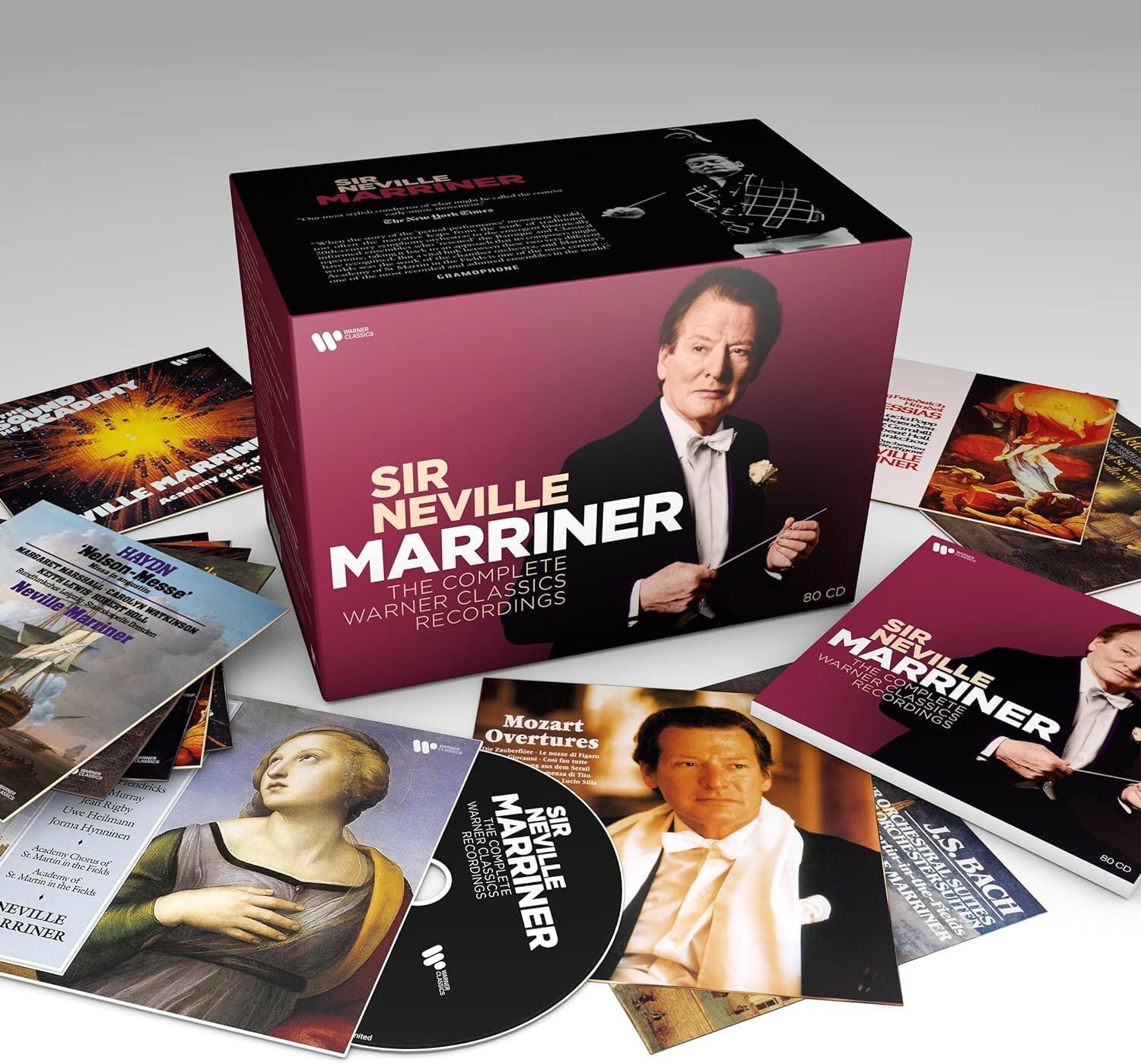 Sir Neville Marriner: The Complete Warner Classics Recordings (Warner)
Sir Neville Marriner: The Complete Warner Classics Recordings (Warner)
Assembling Sir Neville Marriner’s complete discography would probably require a crate; this weighty but compact box (80 CDs), released to celebrate his centenary, collects just the discs he recorded for EMI between 1970 and 2000 (he also worked extensively with Decca and Philips). Marriner rivalled Herbert Von Karajan as one of the classical industry’s most-recorded conductors and the majority of these performances were made with his own Academy of St Martin-in-the-Fields. The group began life in the late 1950s as a 14-piece string ensemble, Marriner working with colleagues he’d met whilst working as a violinist in the Philharmonia and LSO. Early recordings, still sounding luminous, were made for Decca’s Argo label; their success, plus encouragement from the veteran French conductor Pierre Monteux, prompted Marriner to retire from freelance playing and devote his energies to leading the group full-time.
The range of repertoire here is dizzying, and the consistency is impressive. Describing Marriner as ‘professional’ or ‘reliable’ is damning him with faint praise - very few of these performances are duds, and the best ones are terrific. I’d suggest starting with a pairing of Britten’s Serenade and Les Illuminations made with Robert Tear and the Northern Sinfonia, Alan Civil’s horn-playing in the Serenade as good as any on disc. I’d not heard Marriner’s disc coupling Frank Martin’s wonderful Petite Symphonie Concertante with Bloch’s Concerto Grosso No. 1 before. Both are masterpieces: Marriner taking Bloch’s first movement at a brilliantly incisive lick while the Martin (a few balance issues apart) glows. There’s an excellent complete account of Stravinsky’s Pulcinella with decent singers, and zingy, rhythmically taut readings of Dumbarton Oaks and the Danses Concertantes made with the Los Angeles Chamber Orchestra, a group which Marriner led from 1969 to 1987. He was also principal conductor of the Minnesota Orchestra in the 1980s though didn’t record much with them: two LPs of Britten and Copland are decent but non-essential.
Turn instead to Marriner’s Tippett anthology, the Concerto for Double String Orchestra almost as good as the earlier Argo version, and with the rarely-heard Divertimento on “Sellinger’s Round” – not peak Tippett, but good to hear. Or frothy collections of overtures by Suppé and Cherubini, Marriner tackling even the shortest of miniatures with real respect and affection. We get most of Grieg’s incidental music to Peer Gynt with soprano Lucia Popp (who also contributes a disc of arias from Viennese operettas), while horn-players will relish three collaborations with Barry Tuckwell, whose performance of Weber’s insanely-difficult Concertino is a classic. Respighi’s delicious Trittico botticelliano and The Birds are nicely done, and do investigate a collection of rarities by Ermanno Wolf-Ferrari, whose tiny overture to Il segreto di Suzanna (her secret being that she smokes) is a guaranteed mood lifter. Suites from Bizet’s Carmen and L’Arlésienne are coupled with a joyous version of the posthumously published Symphony in C, an LP I can remember borrowing when record libraries were still a thing.
Marriner will always be associated with baroque and classical repertoire, where his interpretations face stiffer competition. Still, these performances of Bach’s Brandenburgs and keyboard concertos (with Andrei Gavrilov) on modern instruments are stylish and involving, and a well-upholstered account of Charpentier’s lovely Te Deum (the one with the Eurovision theme) stands up well. I’d not encountered Mozart’s ballet Les Petits Riens before (it’s delightful), and I enjoyed a selection of the piano concertos played by Christian Zacharias. There’s a generous sequence of Mozart symphonies which prioritise elegance over drama, and discs of Haydn Masses made with the Staatskapelle Dresden. Handel’s Messiah (taped in Stuttgart) is sung in German, Popp and Brigitte Fassbaender among the singers: that Marriner could attract such starry soloists must reflect how much musicians enjoyed working with him. Unexpected items include The Academy plays Opera (listen out for Cynthia Millar on ondes Martenot), John Harle playing saxophone concertos and four Oscar Wilde fairy tales, narrated by Vanessa Redgrave and Stephen Fry with music by Debbie Wiseman - a mixture which doesn’t quite gel. Tully Potter’s biographical essay is interesting, and it’s good that Warner have reproduced EMI’s original sleeve designs.
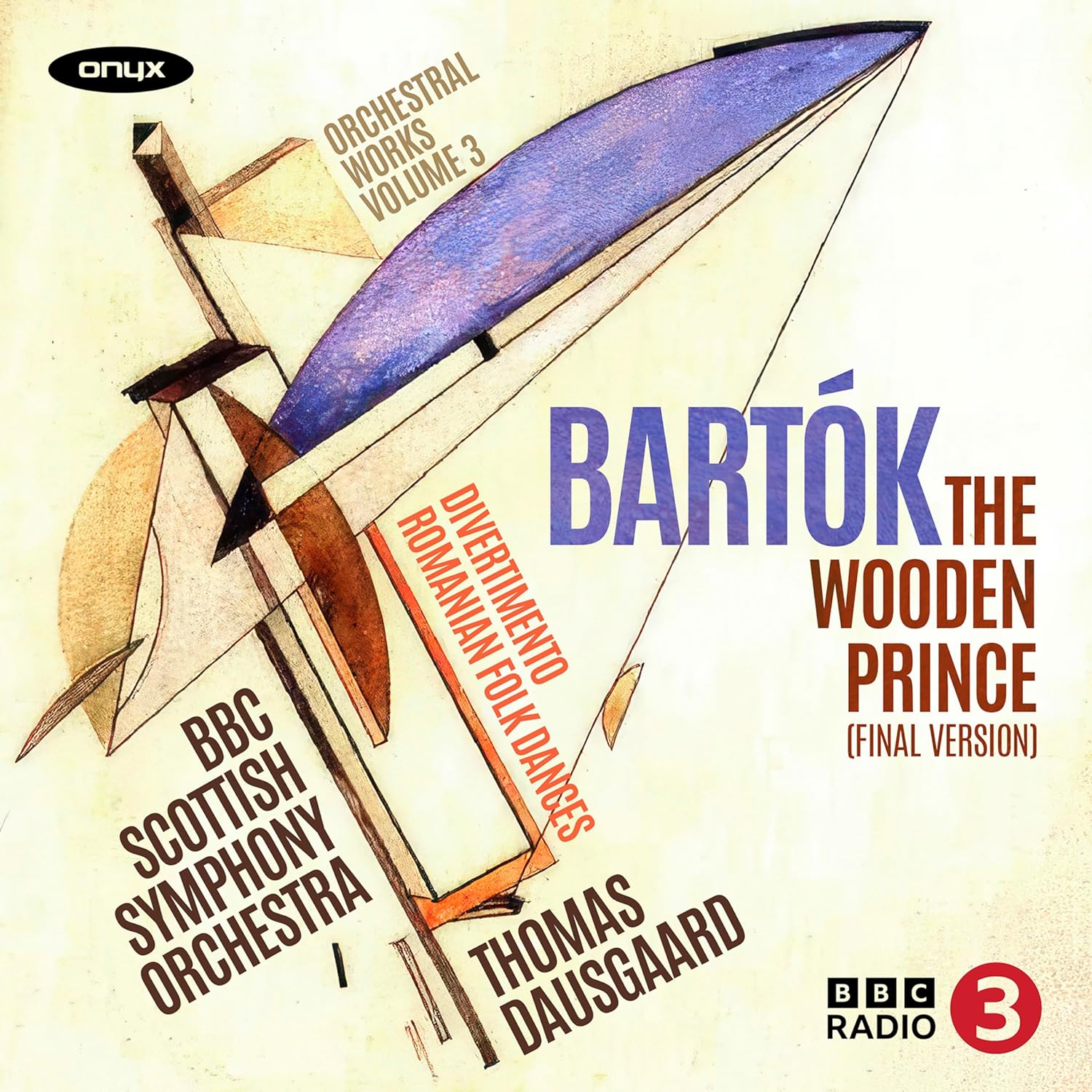 Bartók: The Wooden Prince et al BBC Scottish Symphony Orchestra/Thomas Dausgaard (Onyx)
Bartók: The Wooden Prince et al BBC Scottish Symphony Orchestra/Thomas Dausgaard (Onyx)
Bela Bartók’s ballet The Wooden Prince was commissioned by the Royal Budapest Opera in the wake of the first visit of the Ballets Russes, in the full flush of its success with Stravinsky’s Petrushka. The ballet took three years to write, premiering in 1917, and was the beginning of a sea-change in the Hungarian public’s reception of Bartók’s music. Despite this, the composer remained unhappy with the piece, feeling it was flabby, and made several cuts over the years. It is his final, taut version that is used here by Thomas Dausgaard and the BBC Scottish Symphony Orchestra, in what seems to be the first recording of this version. The music is, needless to say, colourful and vividly orchestrated, for large orchestra, and the BBCSSO responds with a will. “The Dance of the Trees” is by turns skittish and impassioned, “The Dance of the Waves” ripples and surges, the winds in good order. Stylistically it is perhaps tamer than, say, Duke Bluebeard’s Castle or The Miraculous Mandarin, and there are even echoes of Tchaikovsky in “The Prince has an idea”, but there are also spicier moments for the orchestra to gets its teeth into. In “The Princess notices the puppet” we get the wood of the violins’ bows on the strings, and some gruff low brass in “Dance of the Princess with the Wooden Prince”. Dausgaard’s pacing of this movement, with its subtle pushing and pulling of the tempo, giving it a slightly gaudy, drunken feel is great.
The shortened Wooden Prince allows time for another substantial piece, as well as some fun filler. The Divertimento for strings of 1939 has long been a favourite of mine, irresistible in its combination of surface neoclassical politeness and below-the-surface turmoil. It’s a substantial work in three movements, lasting over 25 minutes. There is a constant shift between full-bodied textures and chamber-like solo bits – in the vein of the baroque concerto grosso. The moments of repose, like the reprise at the end of the first movement, are very touching. The second movement is desolate – with a pre-war mournfulness perhaps – but the finale is pure “rustic” Bartók, enthusiastically played here. As is the showpiece finisher, the Romanian Dances, miniatures that the BBCSSO make fizz and pop and dazzle and delight. Bernard Hughes
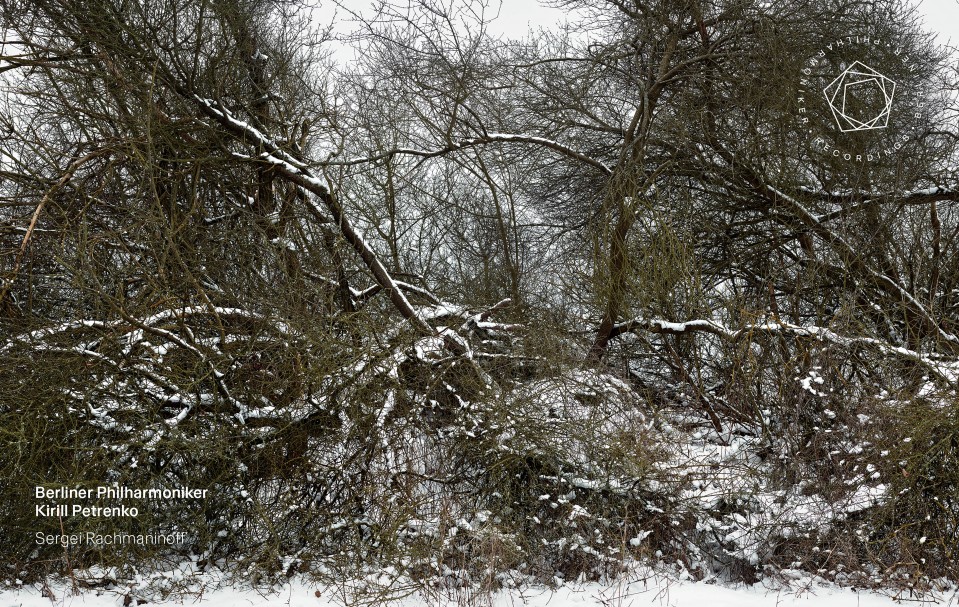 Rachmaninov: Piano Concerto No. 2, Symphony No. 2, The Isle of the Dead, Symphonic Dances Kirill Gerstein (piano), Berliner Philharmoniker/Kirill Petrenko (Berliner Philharmoniker Recordings)
Rachmaninov: Piano Concerto No. 2, Symphony No. 2, The Isle of the Dead, Symphonic Dances Kirill Gerstein (piano), Berliner Philharmoniker/Kirill Petrenko (Berliner Philharmoniker Recordings)
Kirill Petrenko made his Berlin Philharmonic debut in 2006 with Rachmaninov’s Symphony No. 2 I’ll admit, to my shame, that the performances I’ve most enjoyed listening to recently have been vintage analogue ones with the cuts which the composer approved (Steinberg and Ormandy, if you’re curious). Petrenko’s live 2021 recording is complete, with first movement exposition repeat, and lasts around an hour. It’s a good enough performance to make you wonder how anyone could have the heart to get rid of a single bar, repeated listenings reminding me of what we’re missing with the cuts. Take the second movement scherzo, its desolate coda so much more effective given the time to build. It’s easy to think of this piece as a big, warm bear hug; Petrenko doesn’t underplay the darkness, so passages like the close of the first movement’s development are terrifying. Don’t be put off – the big tune in the “Adagio” is glorious, as is the finale’s second subject. These live Berlin recordings sound better with each release, and there’s a wealth of unobtrusive detail on display that’s too-often missed – listen out for the low hand-stopped horns, cutting through with real ferocity.
A great performance, then, and fascinating to compare the symphony with Rachmaninov’s valedictory Symphonic Dances, written in Long Island in 1940. This performance has plenty of rhythmic sharpness, with an excellent saxophone solo in the first dance and an indulgent but irresistible take on the self-quotation which ends it. Petrenko’s limping waltz is sinister but affecting, and the final dance is terrific. I’d never before noticed that the bells chime twelve times for midnight when the tempo picks up, and the final minutes are dazzling, the tam tam left to ring out after the clipped last chord. There’s more: a dark and intense account of The Isle of the Dead and Kirill Gerstein playing the Piano Concerto No. 2, the latter taped at Berlin’s open-air Waldbühne in the summer of 2022. There are a few balance oddities (some explosive timpani thwacks) but the performance is excellent: impetuous, exciting and soulful. I would have liked the audience applause to have been included, though that’s a minor gripe. Production values are up to scratch, with a bonus Blu-ray, decent notes and evocative, wintry photos from artist Thomas Struth.
 Jheronimus Vinders: Masses Choir of Sidney Sussex, Cambridge/David Skinner (Inventa)
Jheronimus Vinders: Masses Choir of Sidney Sussex, Cambridge/David Skinner (Inventa)
This one’s been on my pile for ages without me tackling it: the name Jheronimus Vinders both intrigued and dissuaded. Who was he? Well, it turns out that Vinders was a Flemish composer from the generation after (and possibly a student of) Josquin des Prez, for whom he wrote the lament that is his best-known piece. Very little is known biographically, and his extant output is small. But this beautiful double album by the choir of Sidney Sussex, Cambridge puts Vinders alongside Flemish contemporaries, each disc kicking off with an instrumental dance with improvised embellishments by psaltery player Andrew Lawrence-King. The wonderfully detailed and scholarly booklet note explicates the background, but it can very much be enjoyed without knowing that, for example, that the For seulement was at one time credited to Nicolas Gombert, or that it traces its tenor back to Ockeghem. Rather, the humble but obvious craftsmanship of the music comes over, and its sensuous appeal is undeniable. The Choir of Sidney Sussex sound lovely, bathing in the overlapping vocal entries. It is not dramatic music, but increasingly rewarding on repeated listening.
The non-Vinders tracks are some of the most engaging. Benedictus Appenzeller’s secular song Myns liefkens bruyn ooghen (“My darling’s brown eyes”) is the basis for Vinders’ Mass of the same name and it is utterly alluring – even saucy. I love the way it is turned into a thoroughly proper church piece in the learned style. Likewise Johannes Ghiselin-Verbonnet’s charming song “Ghy syt die wertste boven” (“You are the worthiest of all”) becomes the basis for an impassioned Stabat Mater by Vinders. Neither music nor performances are showy, but as a fascinating glimpse into the musical world of the Low Countries in the early 1500s, music at the edge of what we can recognise as familiar, it is a delight. The singing is understated and direct under David Skinner’s direction, and Andrew Lawrence-King’s psaltery and harp offer an occasional different colouration. Bernard Hughes
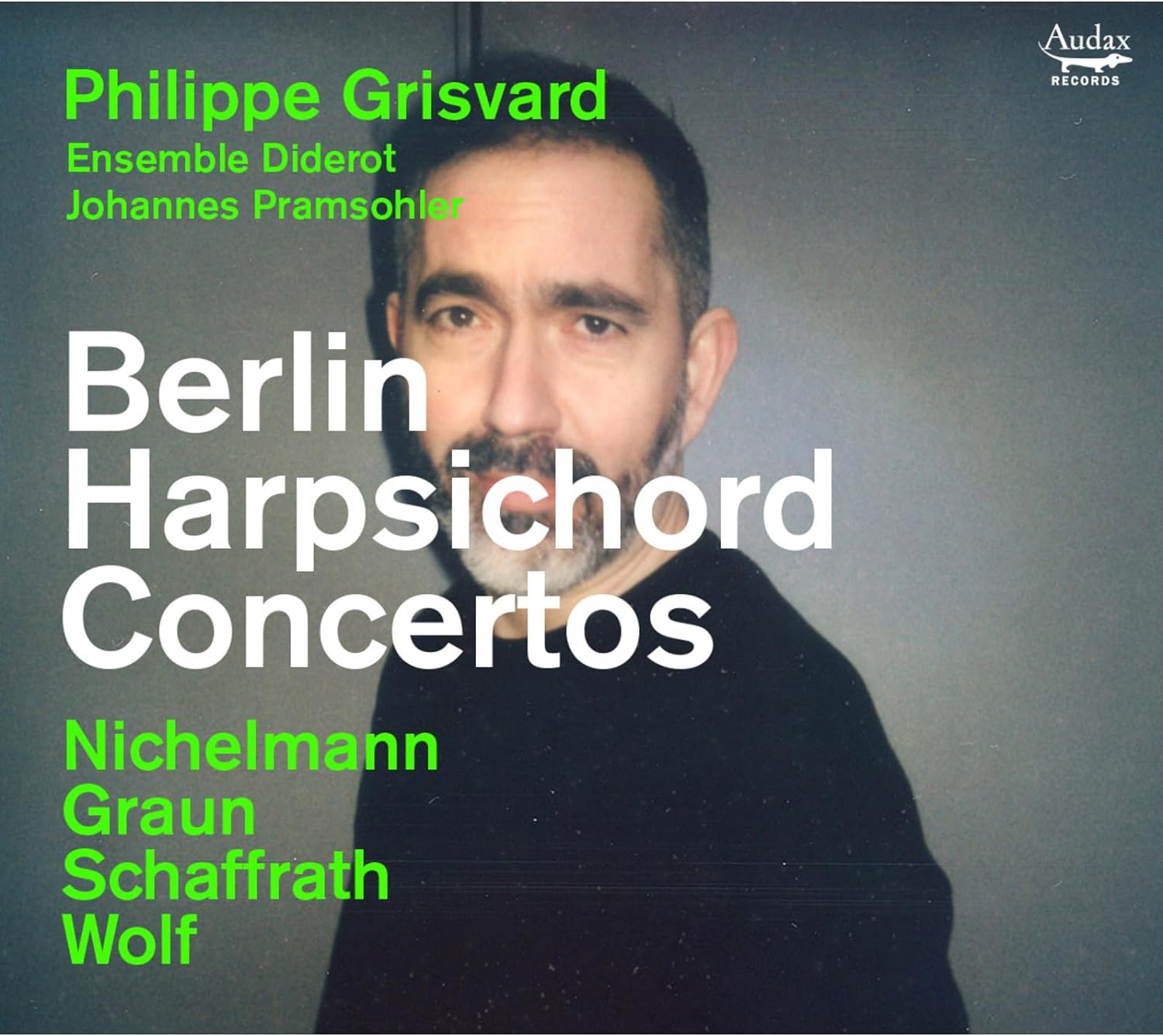 Berlin Harpsichord Concertos – music by Nichelmann, Graun, Schaffrath and Wolf Philippe Grisvard (harpsichord), Ensemble Diderot/Johannes Pramsohler (Audax Records)
Berlin Harpsichord Concertos – music by Nichelmann, Graun, Schaffrath and Wolf Philippe Grisvard (harpsichord), Ensemble Diderot/Johannes Pramsohler (Audax Records)
Here are first recordings of keyboard concertos by composers associated with the court of Frederick II, King of Prussia between 1740 and 1786. Start reading up on Frederick and you’ll discover all sorts of interesting stuff, my favourite being that the King would drink up to eight cups of coffee a day (laced with mustard and peppercorns) and that he considered the German language to have been “half-barbaric.” Frederick was an accomplished flautist and very keen on music, a Prussian court official describing “the immense desire with which His Royal Majesty wanted to promote this delightful art. CPE Bach was among those musicians hired but this hugely enjoyable collection focuses on four less well-known members of the ‘Berlin School’. Harpsichord concertos were then a novelty, and it’s fun to hear a selection of different takes on this emergent genre, each one selected by Ensemble Diderot’s harpsichordist Philippe Grisvard. My favourite is the Concerto in C Minor by one Christoph Schaffrath, its lyrical central movement a real surprise after the concerto’s stark fugal opening. Grisvard playing from a score embellished by Schaffrath.
Carl Heinrich Graun is marginally better-known as an opera composer and his little Concerto in D major is a delight, the lighter scoring giving the harpsichord extra prominence. Christopher Nichelman sang in performances of JS Bach’s cantatas as a boy soprano, his spell in Frederick’s court ending in 1755 after repeated clashes with CPE Bach. His Concerto in D minor features an edgy, propulsive 6/8 finale, the rhythms nicely sprung by Johannes Pramsohler’s players. After which, Ernst Wilhelm Wolf’s larger-scale Concerto in B-flat major is all serenity and sweetness, its extended ten-minute slow movement something you’ll feel compelled to listen to repeatedly. Grisvard’s perky, colourful playing (on a 2015 copy of an 18th century harpsichord) makes the best possible case for these unknown pieces: as is usually the case with releases from this team, education and entertainment are combined in a single handy package. Excellent, scholarly notes and superb engineering too – a winner.
Brad Mehldau – After Bach II, Après Fauré (Nonesuch)
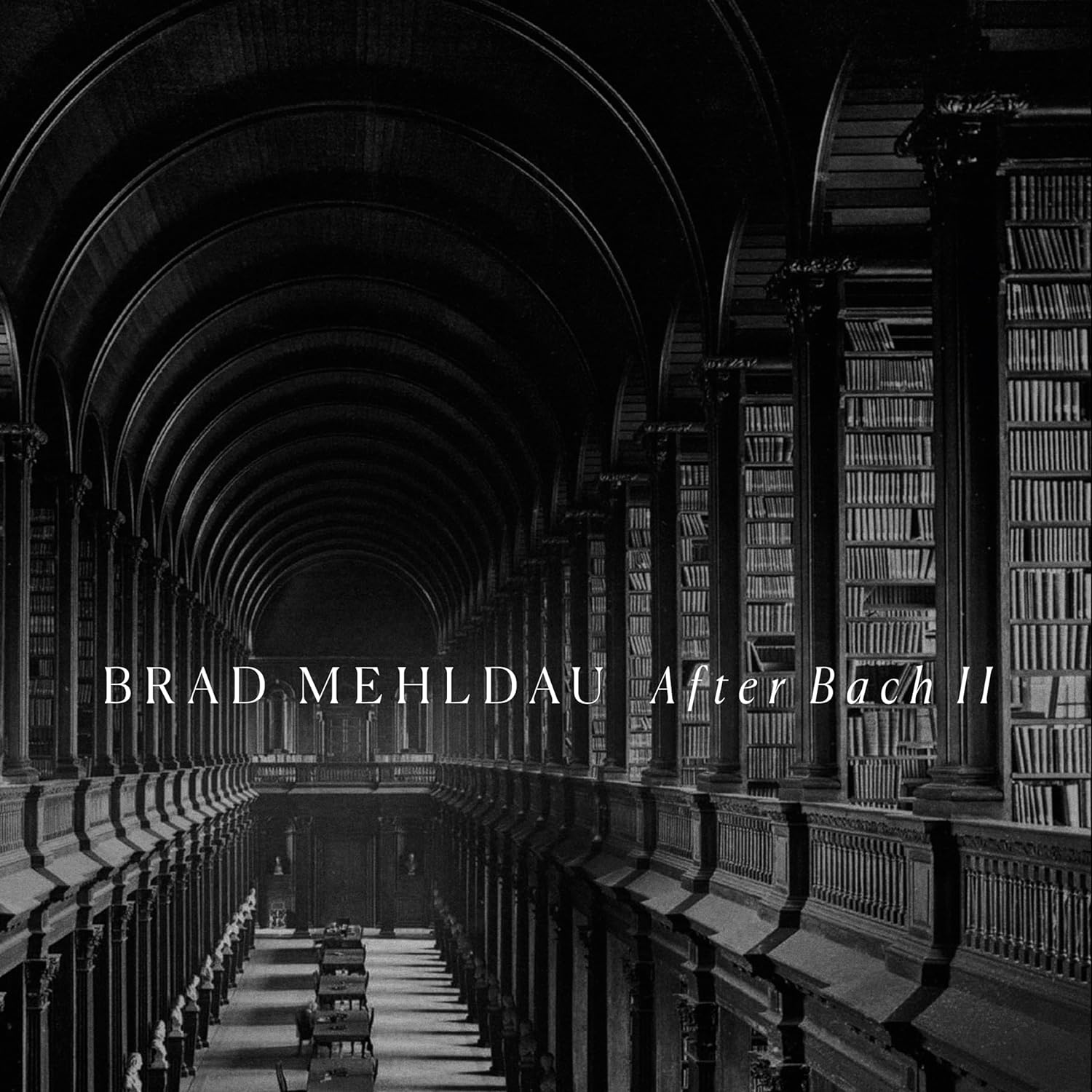 The great American jazz pianist Brad Mehldau’s autobiography explores the concept of the “personal canon” of music that he knows, builds on and makes his own. Mehldau’s so-called canon is absolutely vast, from Alice in Chains to the Zombies, and includes every jazz standard under the sun. As just one example, Nonesuch released a highly recommendable album of Beatles tunes last year, Your Mother Should Know, recorded live at the Philharmonie in Paris. This year there are two classical releases: Après Fauré and After Bach II, both of which were recorded at Mechanics Hall in Worcester Massachusetts. Each album is accompanied by an extensive booklet essay by the pianist. That signals a change: Mehldau is back in a phase where he wants to explain things - and does so very well - whereas his first After Bach album released in 2018 had a laudatory essay by pianist/composer Timo Andres.
The great American jazz pianist Brad Mehldau’s autobiography explores the concept of the “personal canon” of music that he knows, builds on and makes his own. Mehldau’s so-called canon is absolutely vast, from Alice in Chains to the Zombies, and includes every jazz standard under the sun. As just one example, Nonesuch released a highly recommendable album of Beatles tunes last year, Your Mother Should Know, recorded live at the Philharmonie in Paris. This year there are two classical releases: Après Fauré and After Bach II, both of which were recorded at Mechanics Hall in Worcester Massachusetts. Each album is accompanied by an extensive booklet essay by the pianist. That signals a change: Mehldau is back in a phase where he wants to explain things - and does so very well - whereas his first After Bach album released in 2018 had a laudatory essay by pianist/composer Timo Andres.
In After Bach II, Mehldau has wanted to respond to a criticism he received after the 2018 album, that it was sometimes difficult to know where Bach ended and he began. The best response to this is “Between Bach”, a wonderfully teasing and questioning piece inserted between the A minor Prelude and the Fugue from the first set of the Well-Tempered Clavier, and drawing ideas from both the Prelude we have just heard and the Fugue we are about to hear. The main event of After Bach II is the planting of Mehldau’s personal flag on one of the great Bachian peaks: seven tracks devoted to his take on the Goldberg Variations. From “Aria-like” he bravely sets forth into a pair of variations in 5/8 played without a break, an angular staccato one in 7/4, then a rocky “Breakbeat” variation, a two-part invention with a fast-moving melodic line strutting it over some quiet comping which segues into an urgent “Finale”. That whole section of the album has a compelling sweep and forward momentum to it.
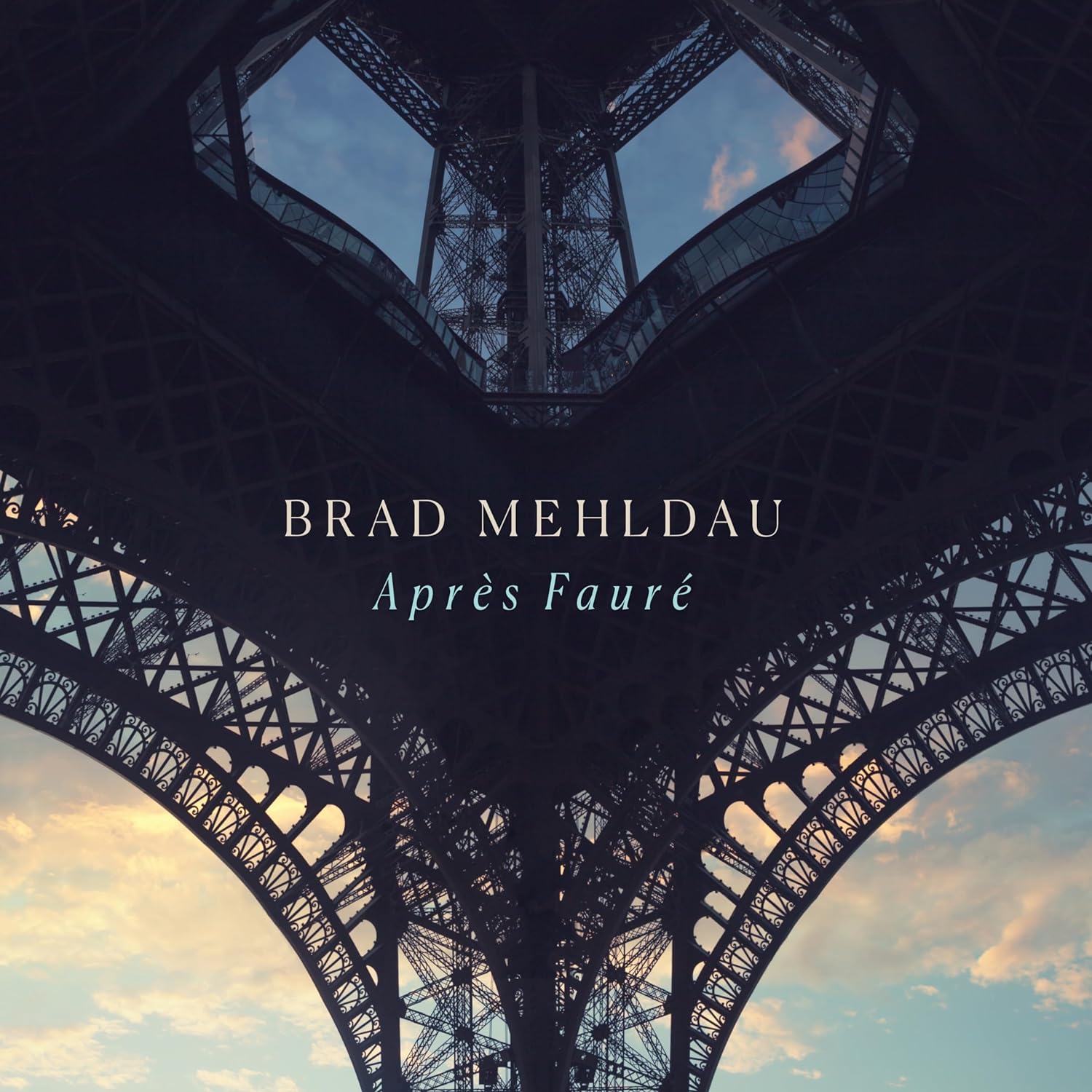 Après Fauré is based around “straight” performances of four of Fauré’s Nocturnes, with Mehldau's own Fauré-inspired pieces in the middle. The album opener is the 13th Nocturne, the last of the set. In his essay Mehldau explains clearly where he is coming from: “The 13th Nocturne is a genre in itself.. a harmonic landscape that has no corollary, even in his own work… music that reminds us of nothing else …has led nowhere else.” Mehldau’s vision of this piece, and that of Vlado Perlmuter are diametrically opposed. Perlmuter, who gave the private premiere of the work, noted that Fauré wanted his music to be played “with the rhythm always extremely closely adhered to with great rigour,” whereas Mehldau’s way is to pause and linger, to let the harmonic adventure be properly heard and savoured above everything else. This more sensual approach is better suited to the gorgeous final track of the album, a solo piano version of the “Adagio non troppo” from the second Piano Quartet from 1887. Sebastian Scotney
Après Fauré is based around “straight” performances of four of Fauré’s Nocturnes, with Mehldau's own Fauré-inspired pieces in the middle. The album opener is the 13th Nocturne, the last of the set. In his essay Mehldau explains clearly where he is coming from: “The 13th Nocturne is a genre in itself.. a harmonic landscape that has no corollary, even in his own work… music that reminds us of nothing else …has led nowhere else.” Mehldau’s vision of this piece, and that of Vlado Perlmuter are diametrically opposed. Perlmuter, who gave the private premiere of the work, noted that Fauré wanted his music to be played “with the rhythm always extremely closely adhered to with great rigour,” whereas Mehldau’s way is to pause and linger, to let the harmonic adventure be properly heard and savoured above everything else. This more sensual approach is better suited to the gorgeous final track of the album, a solo piano version of the “Adagio non troppo” from the second Piano Quartet from 1887. Sebastian Scotney

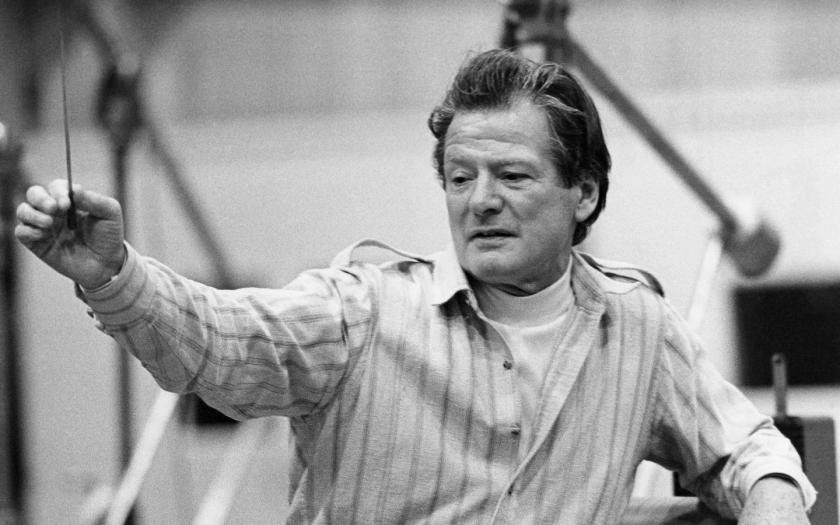













Add comment